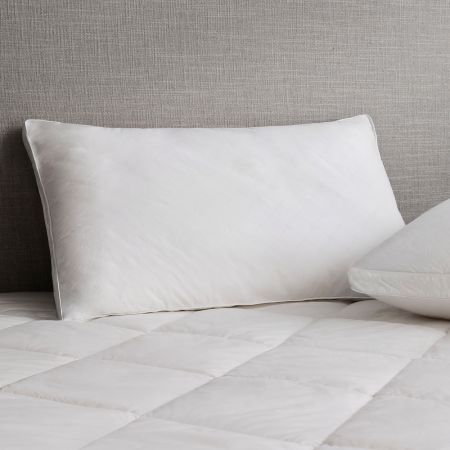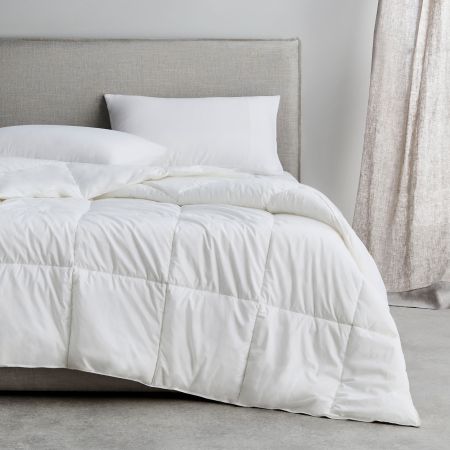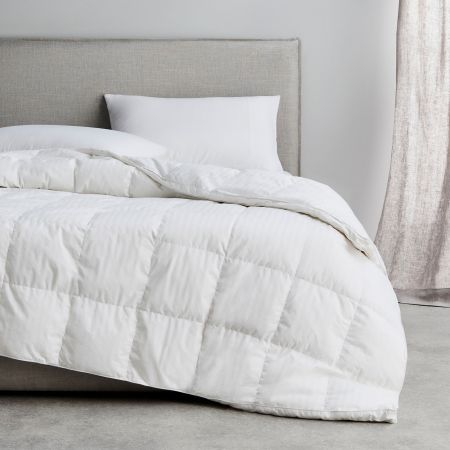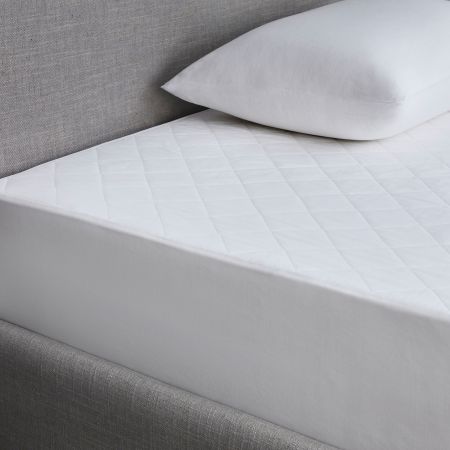10 Tips for a Better Sleep
90s supermodel, Linda Evangelista, once confessed in an interview with Vogue that she and fellow supermodel Christy Turlington had a saying, that they “don’t wake up for less than $10,000 a day”.
For some of us, however, $10,000 couldn’t even get us to fall asleep to start with. In fact, our white paper on how Australians are really sleeping discovered that over half of us (56%, to be exact) claim we’re not getting enough sleep. No wonder you’re here, looking for better sleep tips.
And sleep is important — more important than you think. Definitely worth $10,000, and then some. Rosemary Clancy, Sleep Psychologist at Sydney Sleep Centre and Founder of Let Sleep Happen, calls it “essential”, especially in terms of our physical and mental health.
Why Sleep is So Important
Not only does it help restore the body physically, and organise your brain, according to Health Direct, it’s also thought to keep your immune system strong, and your heart and blood vessels healthy.
Rosemary tells us that nightly deep sleep offers “physical recovery, tissue and cell repair, human growth hormone production, immune health.” And REM sleep — also known as dream sleep — assists with “memory consolidation and emotion regulation functions.”
And then on the other hand — when you don’t get enough sleep — well, it’s not hard to guess that when you sleep poorly, it brings on poor physical and mental health.
In turn? It brings about more poor sleep, and so the cycle continues on. Not only can it impact your concentration and mood, but it’s also linked to a range of health conditions — heart disease, high blood pressure, diabetes and more. So uh, get on top of those sleep strategies, and get a good night’s sleep, please.
On a more optimistic note, this cycle works at the other end of the spectrum —“Good sleep begets optimal mental and physical health, promoting good sleep,” explains Rosemary.
How Much Sleep Do I Need Each Night?


As it turns out, that heading’s actually a bit of a trick question. It’s not the eight-hour figure we’ve heard (been told) our whole life.
“Individual sleep needs range from night to night, and over the lifespan,” Rosemary tells us. Just compare the sleep of newborns to toddlers, teens to adults, all the way to the elderly — every stage is different.
You also might get 8 hours one night, and six hours the next — this is okay, Rosemary reassures us, citing an investigation that found specific daily activities and lifestyle factors could contribute to “large differences” in night-to-night variabilities.
Understanding this can be just one of the things to make you sleep better.
What are the Different Phases of Sleep?
So there are a few ways to divvy up sleep — light sleep versus deep sleep, REM sleep versus NREM sleep.
The majority of our sleep is considered to be “light sleep”; approximately 60 per cent, according to Rosemary.
In this light sleep category, REM sleep is included — as are stages 1 and 2 of NREM sleep. REM (rapid eye movement) sleep, where the majority of dreams occur, makes up around 20% of your night’s sleep. That’s whether or not you remember said dreams.
The other two stages of light sleep are NREM sleep; you can guess from the acronym that this stands for non-rapid eye movement sleep. Stages 1 and 2 are part of light sleep.
The first stage involves dozing off or being drowsy, where you’re between asleep and awake. In stage 2, you lose awareness of your surrounding, your body temperature starts to drop and both your breathing and heart rate slow down, according to Better Health Channel.
Deep, slow-wave sleep (stages 3 and 4 of NREM sleep) can range from 13-23% of your night’s sleep — almost a quarter of sleep every evening. This is dictated by “how long [an individual] has been awake during the day, building up that sleep pressure.”
The benefits of sleep — the growth and repair processes we talked about before — occur during deep sleep.
Think you can control each stage of sleep, and how much you get of each? Yeah, think again.
“The brain regulates how much of each phase of sleep we experience,” explains Rosemary. “We don’t have conscious decision-making and control over this process.”
What is Sleep Hygiene?
Regardless of what the name might suggest, sleep hygiene actually has nothing to do with how much you smell or sweat during your sleep — but if you are guilty of that, we have some lightweight quilts that would be perfect for you.
As for what sleep hygiene actually is — it’s referring to the habits, behaviours and environmental factors that help you sleep well. And these are all adjustable (by you), in order to increase your chances of getting a good night of sleep.
How Can I Improve my Sleep?
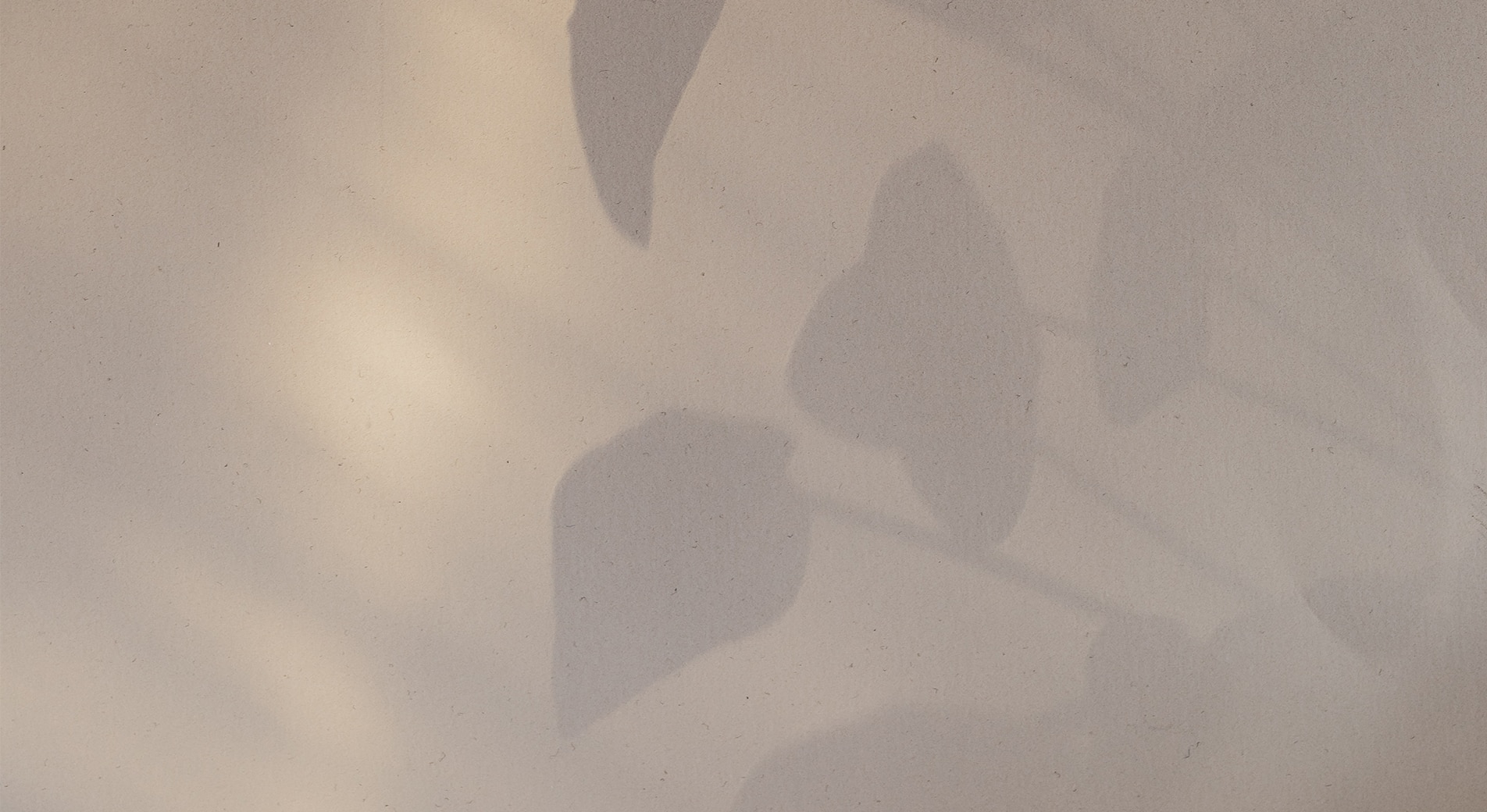
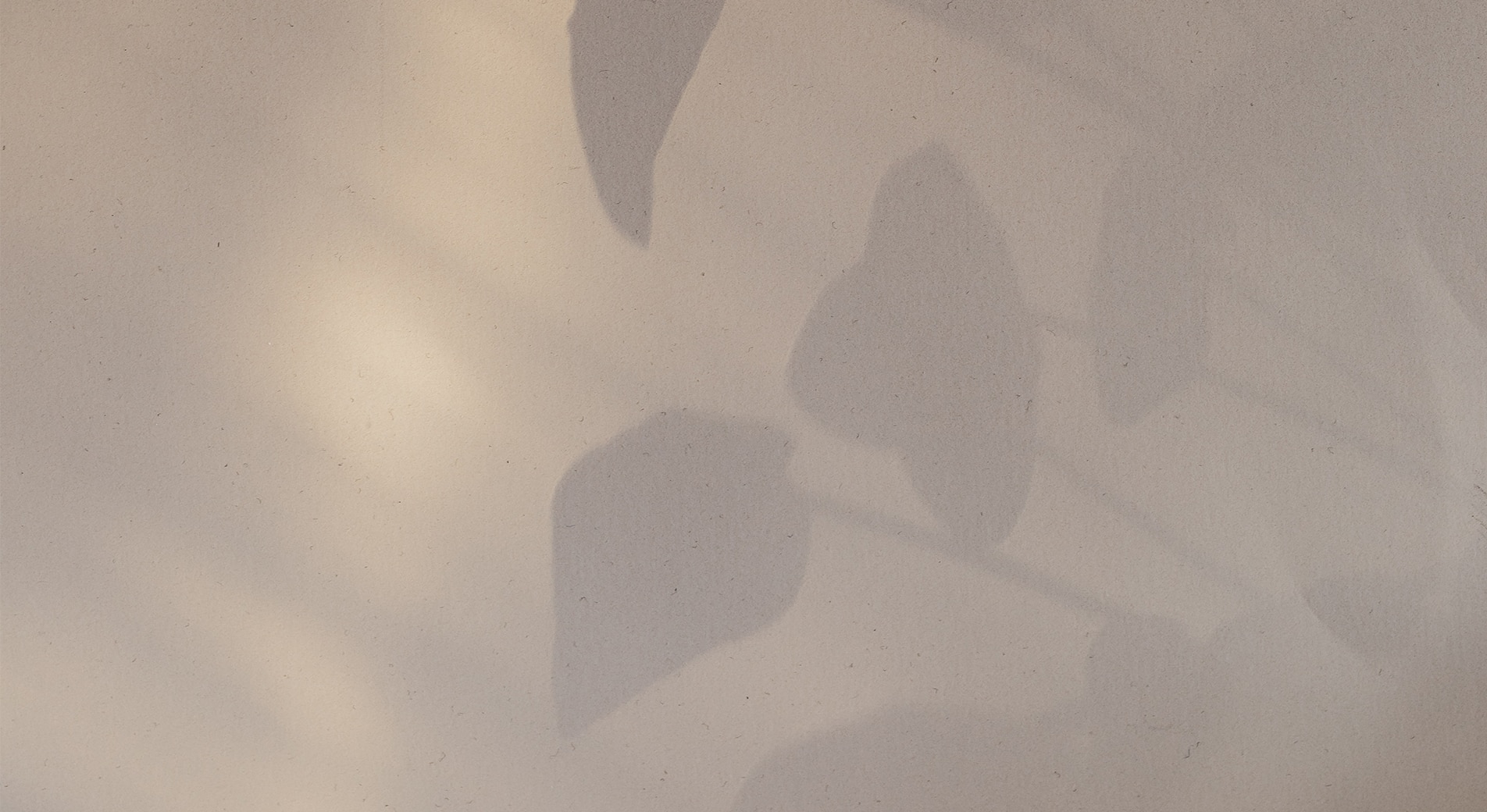
And now that you know the definition of sleep hygiene — we can help you improve it, and alongside that, potentially improve your sleep overall. It’s as simple as following our top 10 sleep hygiene tips.
1. Get up and going in the morning
Number one of our 10 tips for better sleep involves how you wake up every morning. That’s right — turns out you’re setting yourself up for good or bad sleep from the second you wake up. Rosemary suggests getting morning sun exposure, as it “resets your circadian clock and protects your mood.”
Health Direct explains it because it helps to switch off the production of melatonin — the ‘sleepy’ hormone that your body naturally produces.
In turn, when it gets darker at night, your body will know to resume the production of melatonin — helping you to feel sleepy once again.
2. Avoid taking naps during the day
Heartbreaking, we know. Although sometimes it feels like there’s nothing better than a good nap, how to get better sleep involves sleeping less during the day — it’s not recommended. If you feel like you have to, try to limit them to 30-minute power naps, or less.
How does this help? “[It’s to] build up a large wave of homeostatic sleep pressure.” And when this “converges powerfully” with your circadian process at night, it’ll take you into sleep.
And let’s be honest, something like a four-hour nap during the day usually results in a restless night of sleep, tossing and turning for hours on end — don’t lie, we know you know it’s true.
3. Daylight activities
So along with waking up better and not napping the day away, there are a few other things to make you sleep better that you can incorporate throughout your day.
First, exercise earlier in the day — sorry about that late 8 pm slot you may have been aiming for. Another thing we’ve got to apologise for? The fact you should limit your caffeine intake, especially later in the day. That’s not limited to just coffee, by the way, it includes tea and soft drinks, too.
And yes, we know happy hour is usually between 4-6 pm — but having alcohol too late in the day can diminish your sleep quality, according to mindfulness app Headspace.
4. Set your bedroom up right
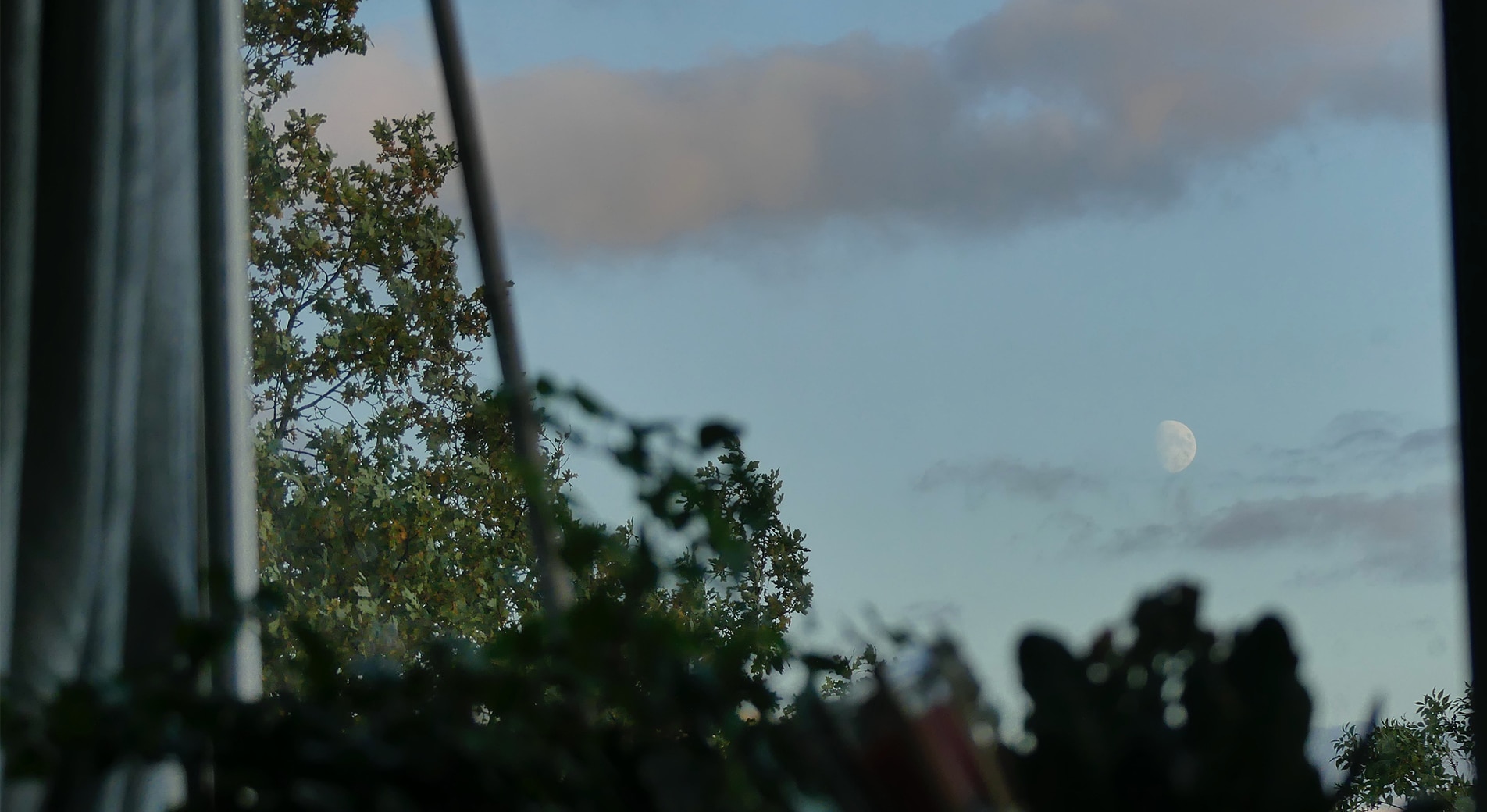
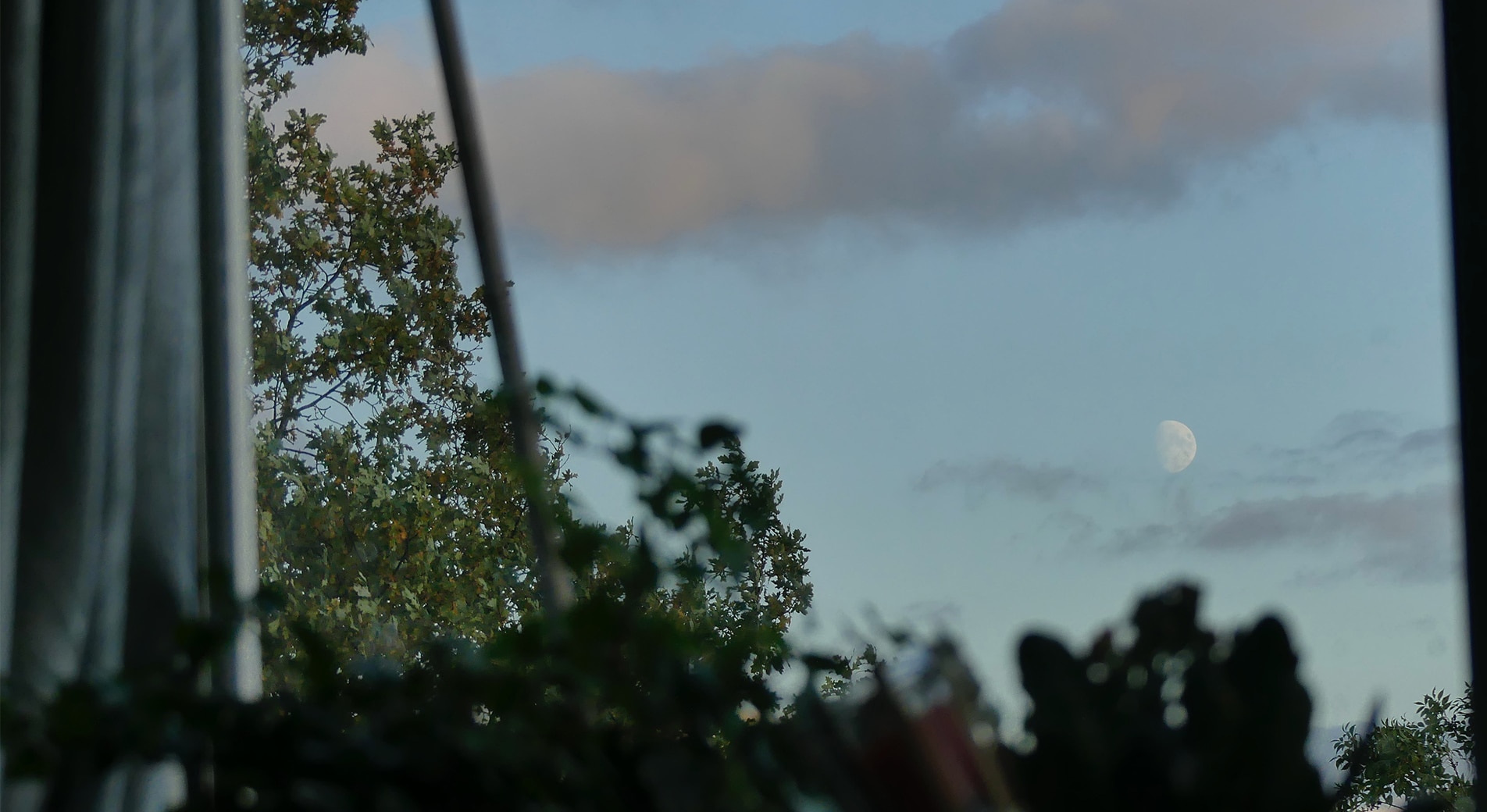
There are ways to create a more calming bedroom — visually, and with texture — but Rosemary has three easy principles for you, that you can incorporate today.
“Keep the sleep environment dark, quiet, and cool” — that’s around 19-20º Celsius, to get specific. It’s an easy sleep strategy to implement, for the most part.
However, if your room doesn’t get quite dark enough — looking at you rentals, with your ill-fitting curtains and blinds — health professionals recommend an eye mask. This is also great if you’re a shift worker, and may need to sleep when it’s light outside.
Ear plugs work a treat if there are disruptive noises beyond your control, or you could try white noise (a fan can double as white noise and a way to keep cool, here).
5. Set your bed up right
Yes, this is different from the one above. It’s a fact that if you want the how of getting better sleep, the answer is that you need a bed that’s actually comfortable to sleep in. A lumpy old mattress and flat pillow aren’t going to do you or your sleep any favours.
It’s actually the Victorian Department of Health that recommends investing in a mattress and pillow that’s comfortable and provides you with the correct level of support.
And we’re not just tooting our own horn, but we are well primed at helping you out here. Our Quilt Buying Guide helps you find the right quilt that’s suited to you and your exact sleeping needs, while our Pillow Buying Guide does the same…but for pillows (who would’ve thought?). If you are stuck with a mattress that doesn’t cater to you, an extra layer of luxury and softness — a topper or an underlay — can help you out.
6. Wind down ahead of time
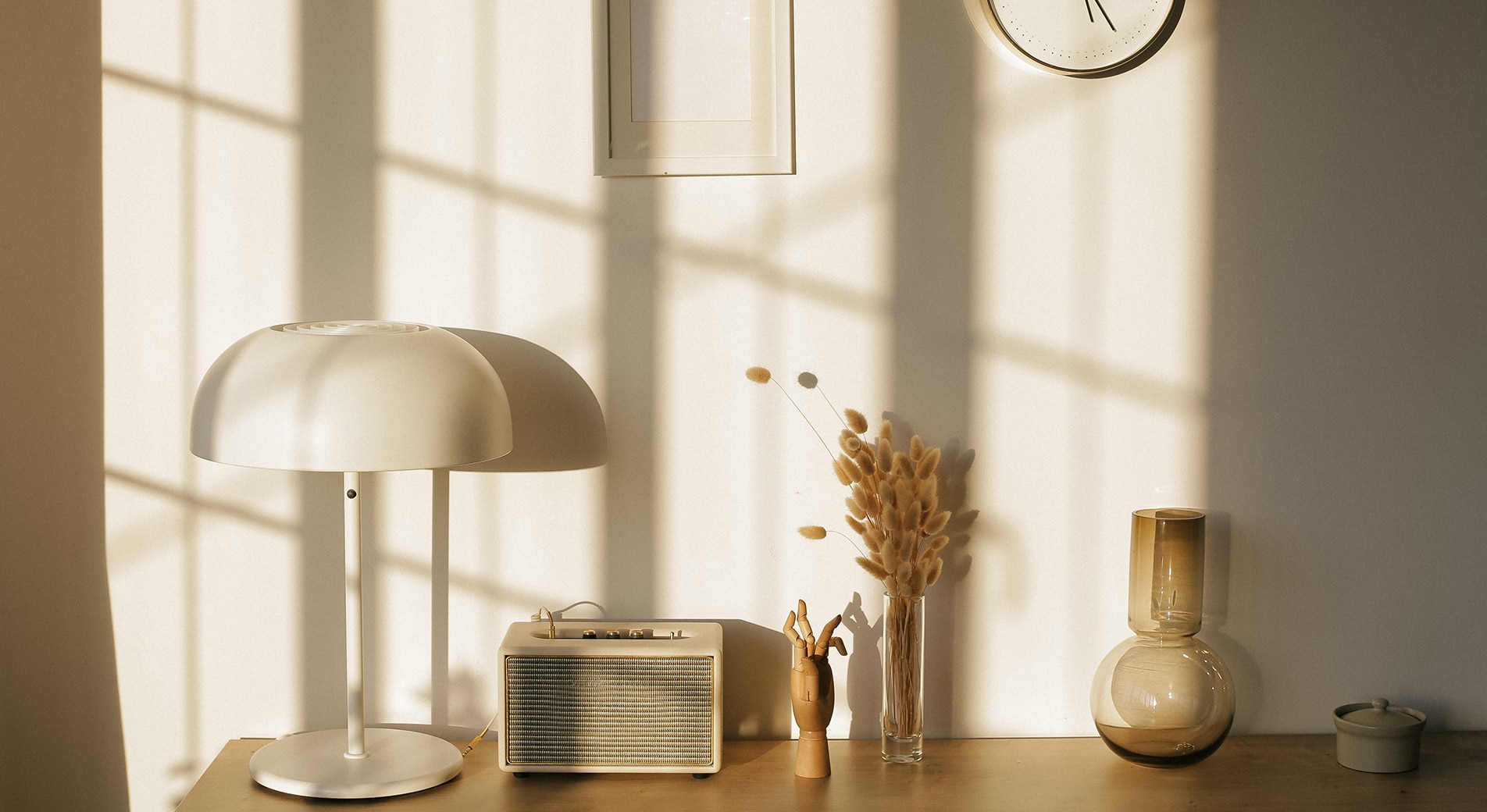
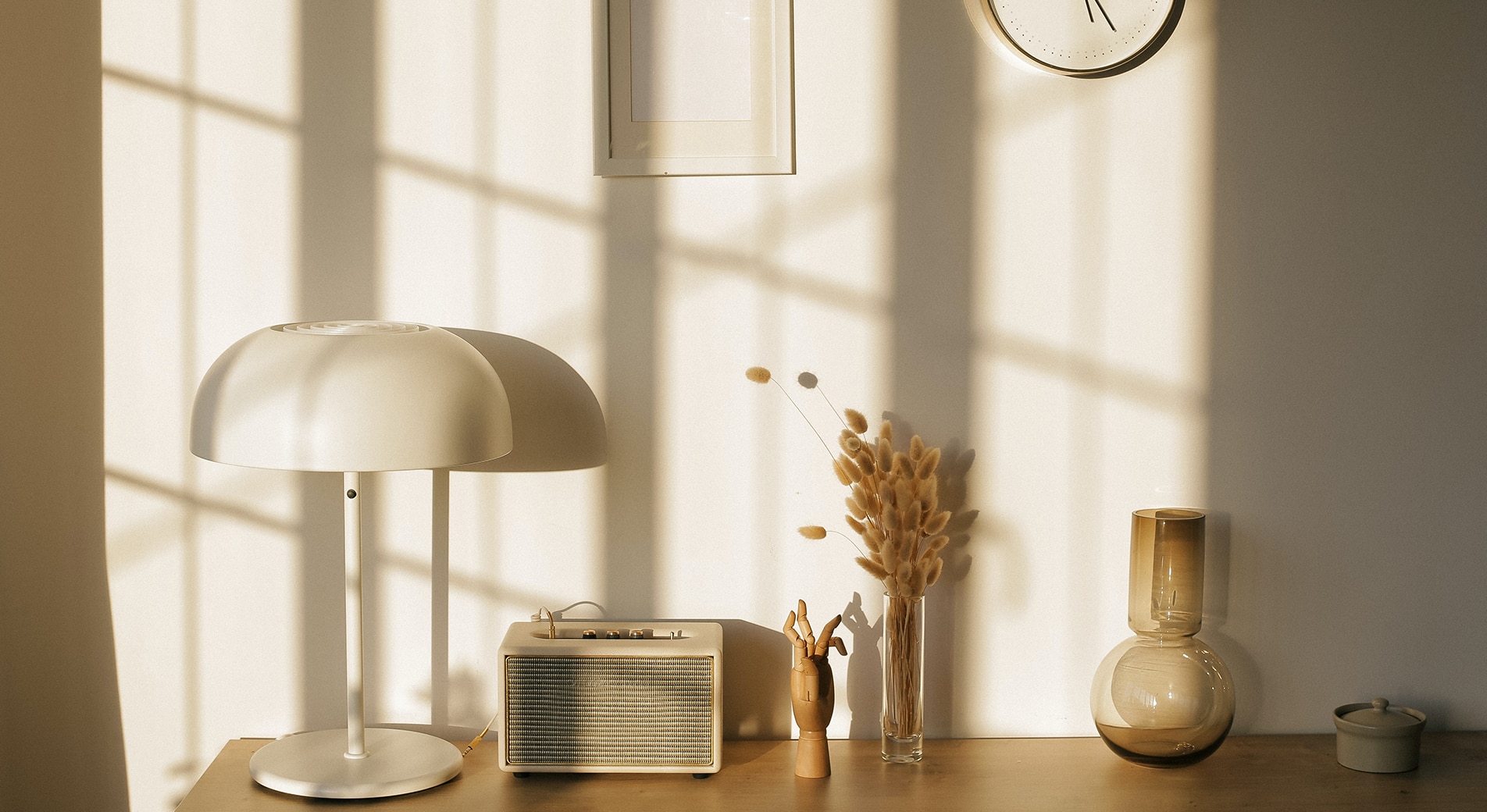
There are a few ways you can do this, and all are pretty easy to do.
Dim the lights
Pretty much what it says right there. Instead of having all the overhead lights on at night — just think of that electricity bill alone — switch on the lamps instead, or even light some candles. According to Headspace, indirect light is less disruptive to your body’s natural circadian rhythms.
Calm your mind
Turn that do not disturb on, put anything work-related out of sight (and out of mind) and get those screens away from your face — at least an hour or two before bedtime. We don’t need to go into the effects of blue light for you to figure out why (we all know it by now).
Alternates? Reading, journaling, listening to some calm music or sounds.
Take a bath
We’ve written about it before, but we’ll tell you again — baths have great physical and mental health benefits, including helping you sleep well and decrease stress hormones. Oh, and it can help with muscle soreness and tension — guess that’s why they call it washing your worries away.
7. Go to bed when you’re sleepy
In terms of sleep strategies, sometimes we have to state the obvious — your bed isn’t meant to be a space for working, life-planning, eating dinner, or binge-watching shows on your laptop (guilty four times over).
And that’s the case of actually going to bed as well. Don’t try to force sleep if you’re “just tired, but still alert”. Wait until you’re truly sleepy, as it helps you “associate your bed with sleep.”
8. Get out of bed if you can’t fall asleep within 20 minutes
Or if your “emotion intensity” (think: frustration, anxiety) is greater than 60%. “[It] reassociates your bed with sleep, if you’ve developed a conditioned negative association of your bed with wakefulness,” says Rosemary. Get up and move to a different room, get yourself a glass of water, pick up a comforting book.
You can also try one of the below three tips for better sleep, that help to calm your body down, as well.
Breathing control
Focus on your breathing, keeping it slow and steady. As you breathe in, say the word “in” and then “relax” as you breathe out. That’s it. Most people will find after a breath or two, their minds will wander — or they’ll become distracted by their own thoughts or external noises. Each time, focus and refocus again. With practice, comes calmness.
Visual imagery
Think of a pleasant, calming scene. Maybe a beach, forest, waterfall, a lake — it’s up to you. Just imagine being in that scene, experiencing the serenity, in as much detail as possible. Once again, focus and refocus again.
Muscle relaxation
This is one that meditation teachers have recommended. Starting at one end of your body, slowly and gradually work through each muscle group (going up or down the body) — gently tense, and then relax those muscles.


9. Allow your sleep quantity to differ each night
You know by now that the recommended hours of sleep per night differs between people. And for you, it could differ each night. Don’t work up anxiety about this, it happens. You do want to aim to go to bed and wake up at roughly the same time each day — and yes, this includes on weekends too (sorry).
10. Don’t compare your sleep
Performance anxiety is real — and that includes within the realm of “sleep performance.” So last, but not least, don’t sit there with friends or colleagues, discussing and judging your sleep quantity against theirs. No good will come of it.



